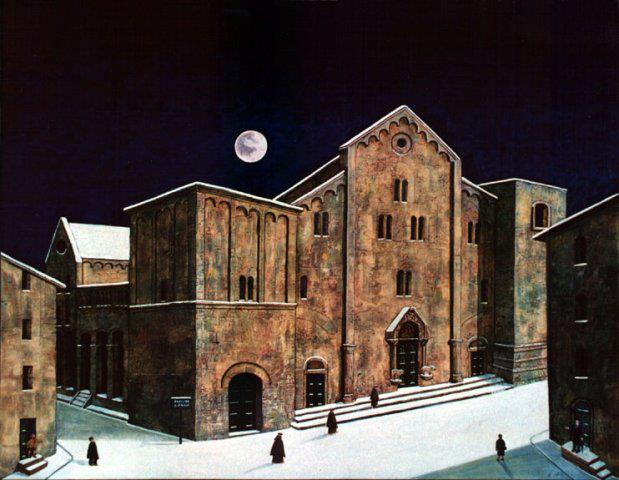Vladimir Lukich Borovikovsky (1757-1825) - Russian artist🎨 of Ukrainian background who was the foremost portraitist of the sentimentalist era and a master of ecclesiastic painting.
Borovikovsky lived in Ukraine until he was 31 years old, having learned the trade of painting from his father, a Cossack and a minor member of the nobility who worked as an icon painter. Only a few of his father’s icons and portraits are extant. Though deeply sincere, they are slightly rough in execution.





.jpg)
.jpg)



